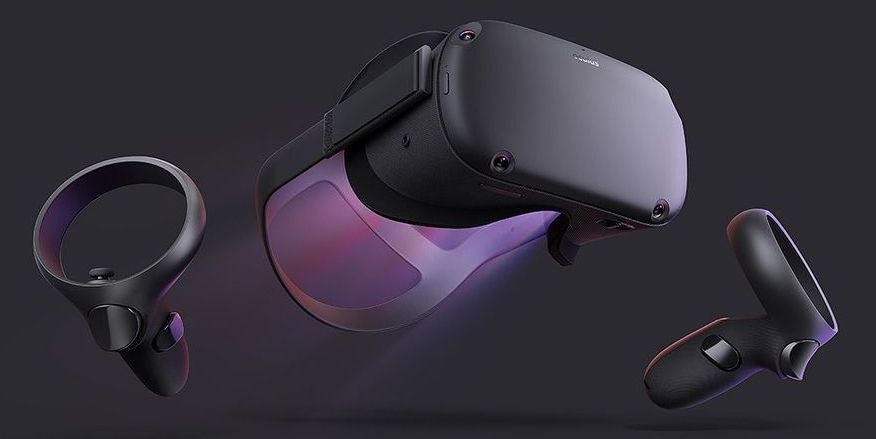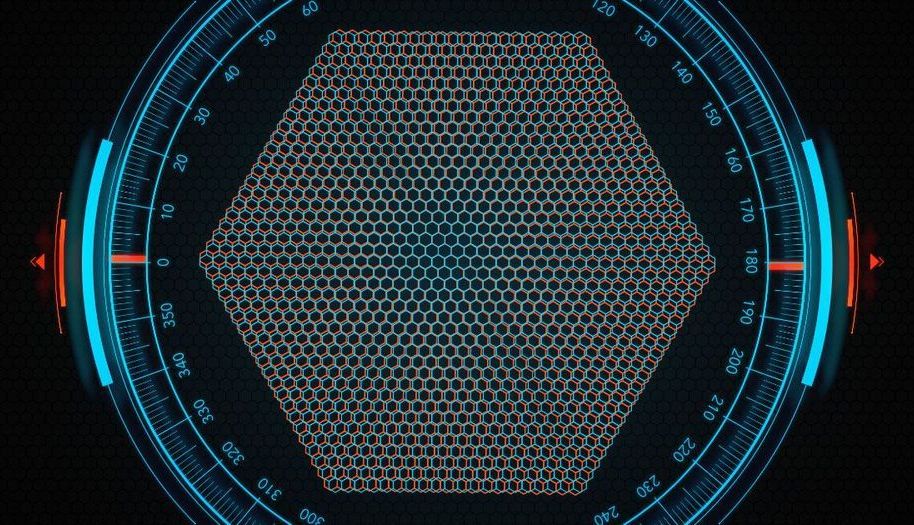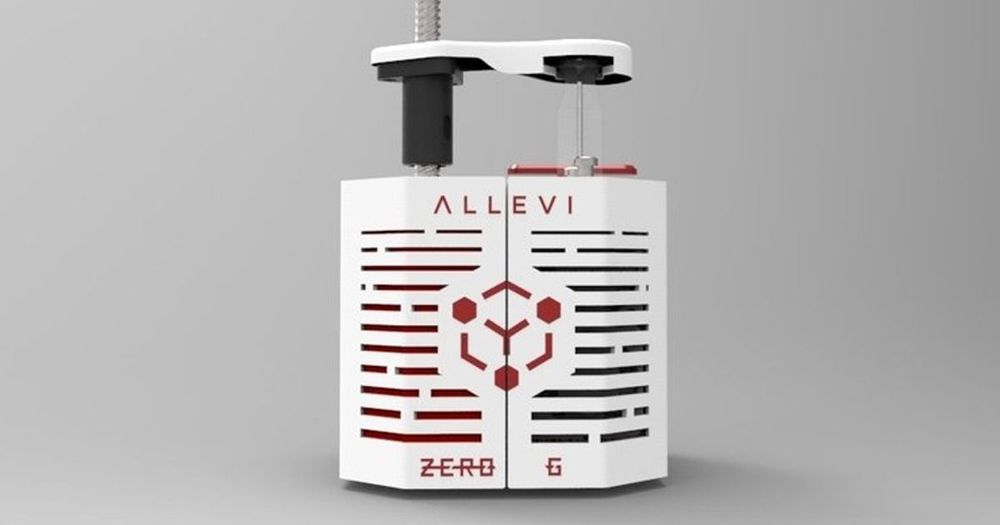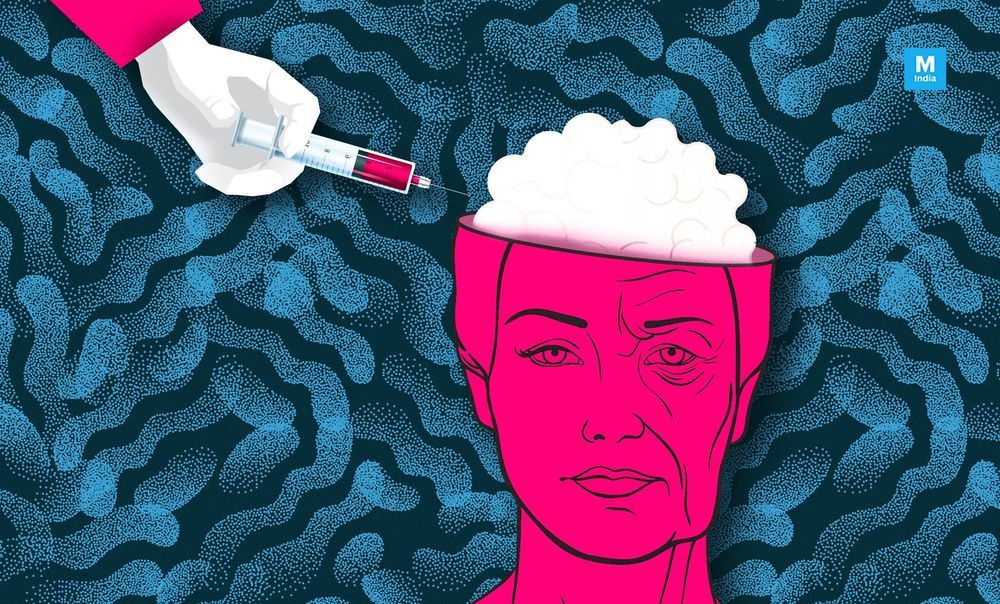Results of a recently completed clinical trial of a potential drug to treat Type 2 diabetes in children were announced Sunday [April 28] at the Pediatric Academic Societies 2019 meeting in Baltimore, Md. The New England Journal of Medicine also published the findings. Study coauthor Jane Lynch, M.D., FAAP, professor of pediatrics at UT Health San Antonio, said the drug, liraglutide, in combination with an existing medication, metformin, showed robust effect in treating children studied in the Ellipse trial.
Currently only two drugs, metformin and insulin, are approved by the U.S. Food and Drug Administration for the treatment of Type 2 diabetes in children. By comparison, more than 30 drugs are approved to treat this form of diabetes in adults.
“We’ve not been able to get drugs approved for children beyond metformin and insulin,” Dr. Lynch said. “This adult diabetes medication was very effective in our trial of youth with Type 2 diabetes and was well tolerated. We urgently need other options for medical treatment of Type 2 diabetes in our youth under age 18. If approved, this drug would be a fantastic new option to complement oral metformin therapy as an alternative to insulin for our youth and adolescents with Type 2 diabetes.”
Read more






